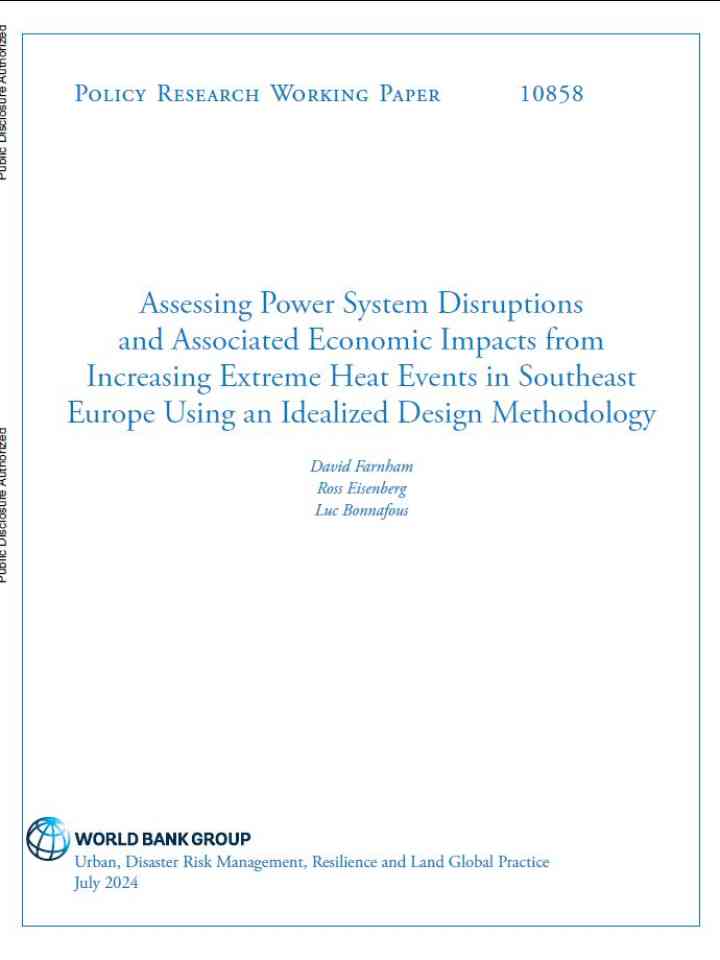Assessing power system disruptions and associated economic impacts from increasing extreme heat events in Southeast Europe using an idealized design methodology design methodology
To mitigate power system fragility during heat waves, the paper recommends implementing measures such as securing reserve power capacity, promoting urban cooling through greening initiatives, adopting demand-side management with smart-grid infrastructure, and increasing the deployment of solar power, which typically has high generation potential during heat waves.
As the world endeavors to decarbonize and shift toward sustainable energy sources, power systems will become increasingly dependent on weather conditions. This dependence creates the challenge of managing fluctuations in both power supply and demand (particularly for cooling), which can jeopardize system reliability, particularly during extreme weather events. To what extent will the increases in peak cooling demands manifest more frequent power system disruptions, posing risks to human health and economic activity This paper focuses on urban centers in Southeast Europe and utilizes state-of-the-art climate simulations to estimate changes in the magnitude of extreme heat events.
This report also estimates the frequency of potential associated power system disruptions and their ensuing impacts on economic activity by assuming an idealized design methodology. The analysis reveals that between 2021 and 2070, urban centers in Southeast Europe may be at risk of an estimated four to nine power system disruptions per decade due to increasing trends in extreme heat events. These disruptions have the potential to incur annual economic costs of up to tens of millions of dollars in some cities. The projected disruptions highlight the challenges of adapting power systems to climate change, even with idealized regular redesign and maintenance efforts.
Explore further
